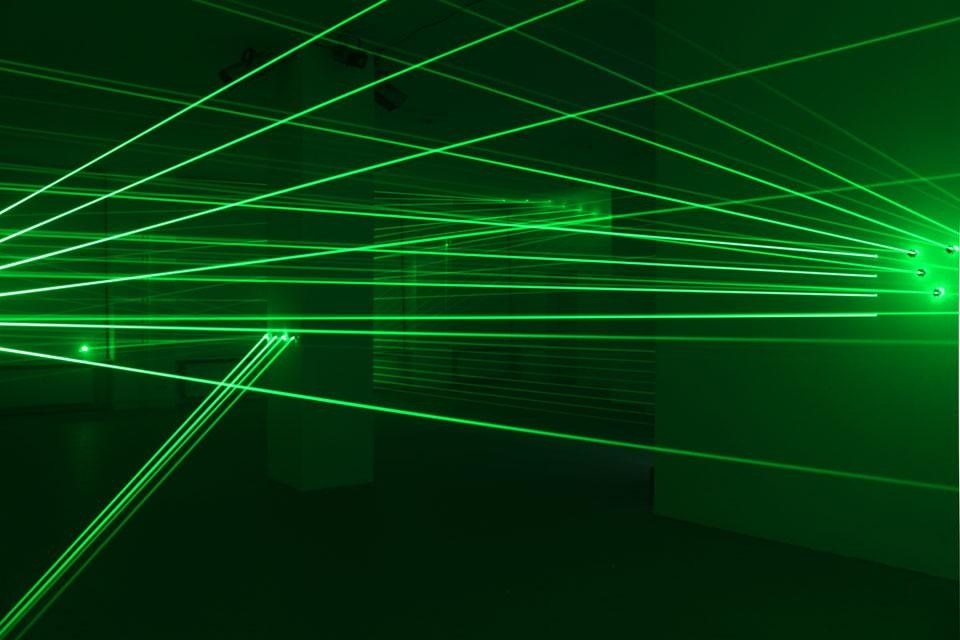
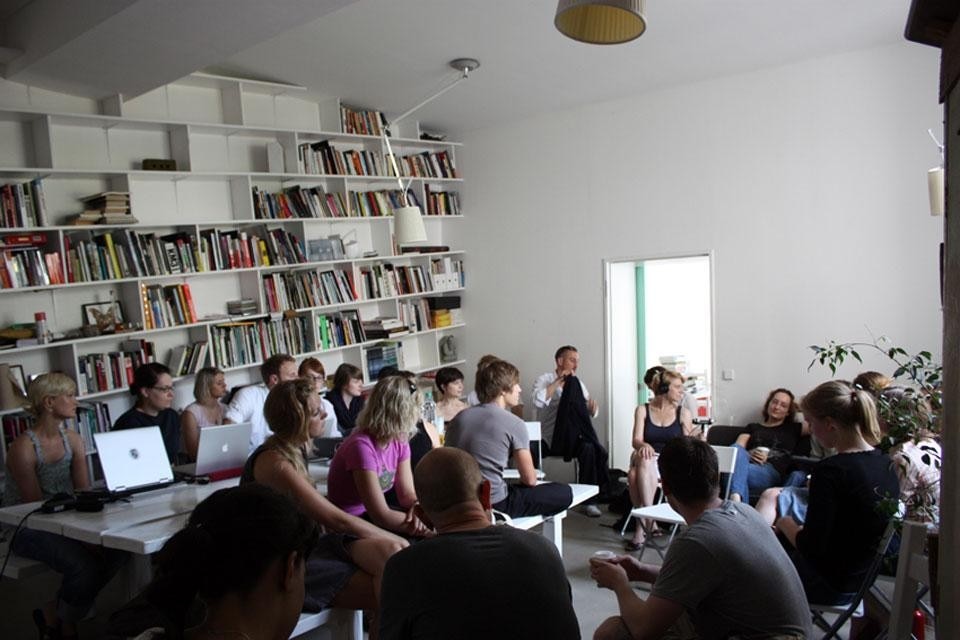
The continual attempt to define the medium of architectural exhibitions in ever new perspectives while keeping open the boundaries to art, music, dance, film, performance and other disciplines gave Program its unique profile and dynamic nature.
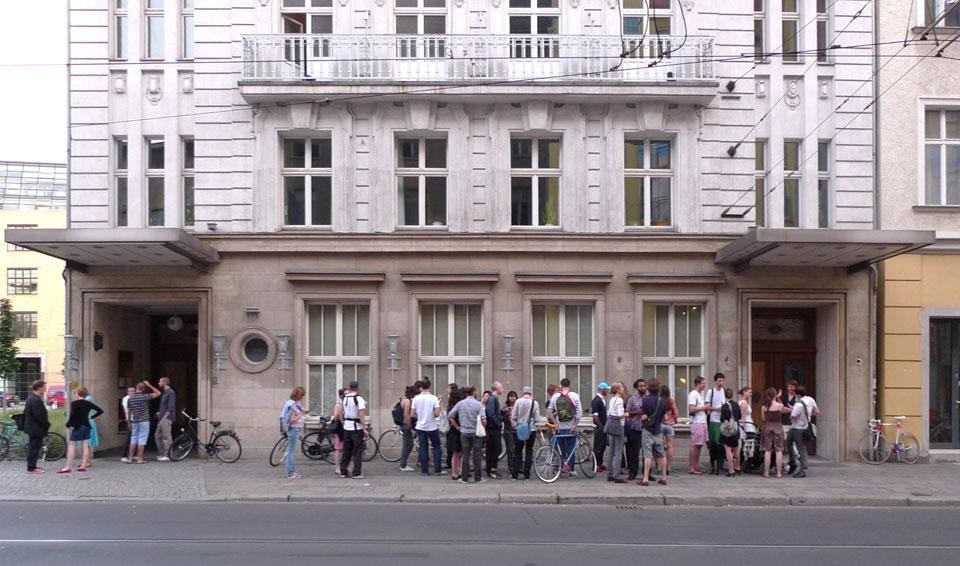
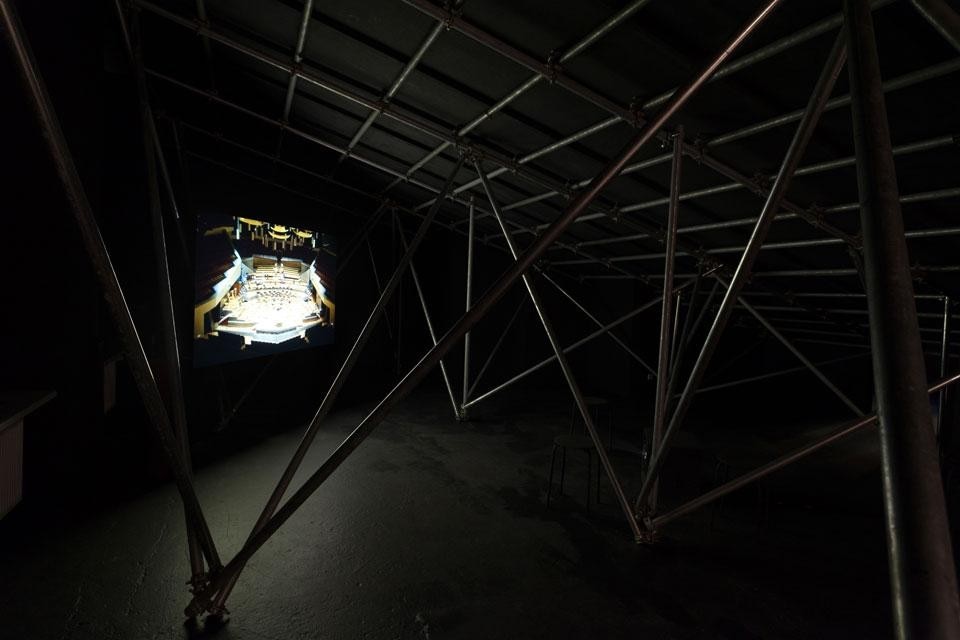
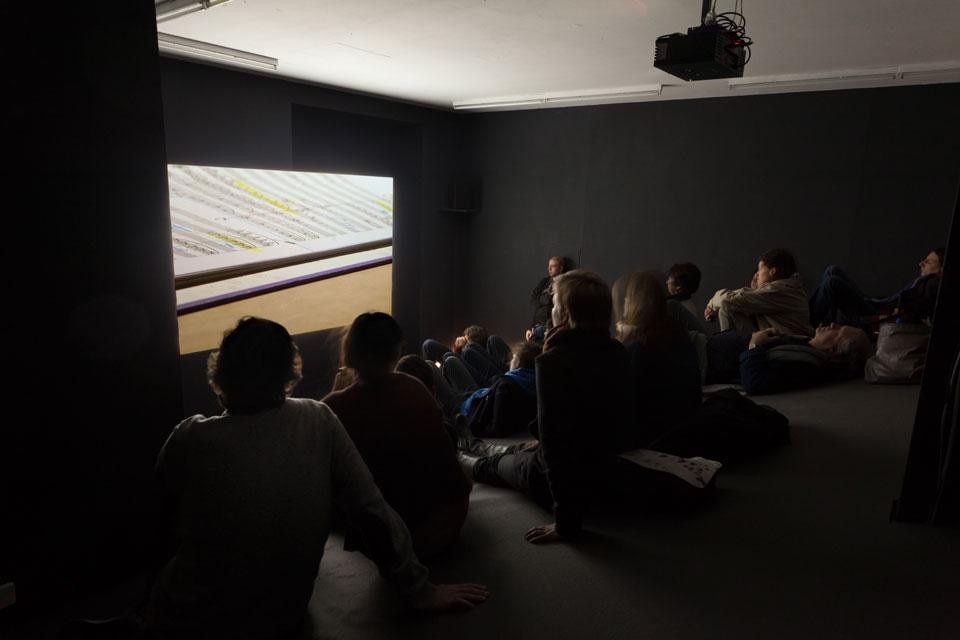
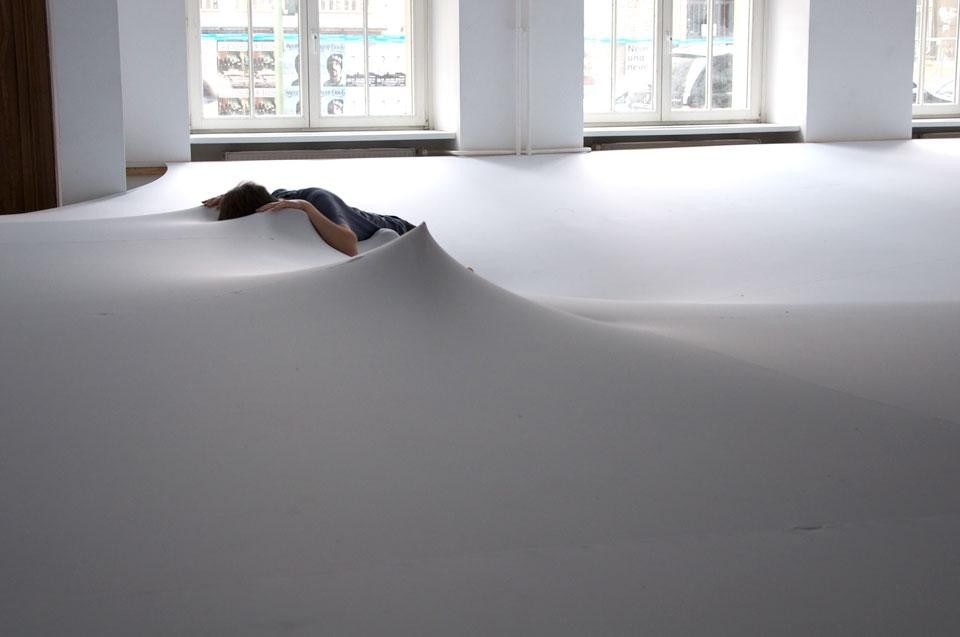
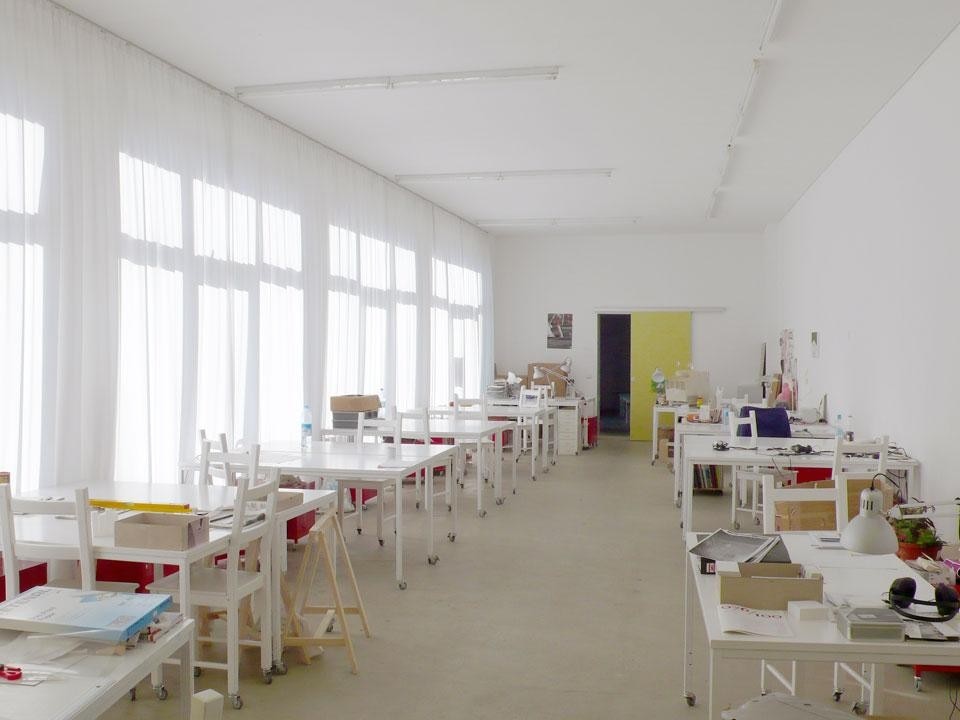
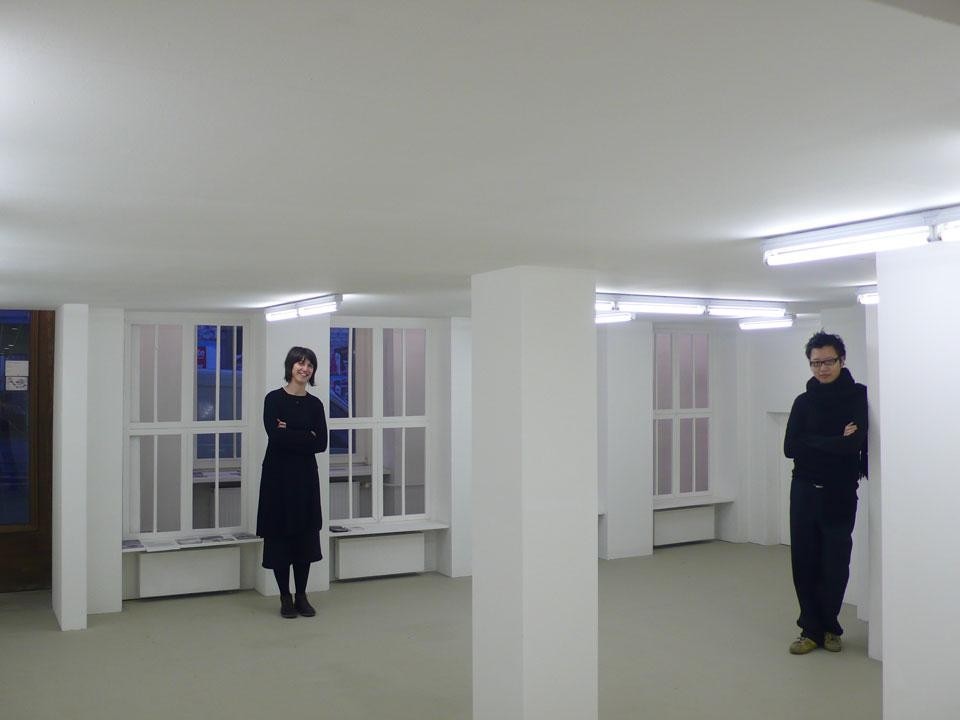
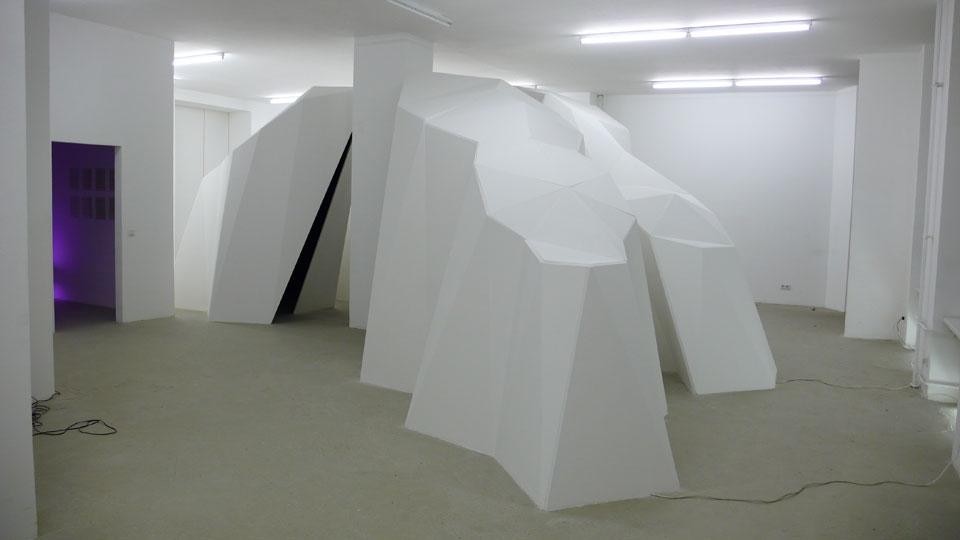


The continual attempt to define the medium of architectural exhibitions in ever new perspectives while keeping open the boundaries to art, music, dance, film, performance and other disciplines gave Program its unique profile and dynamic nature.







